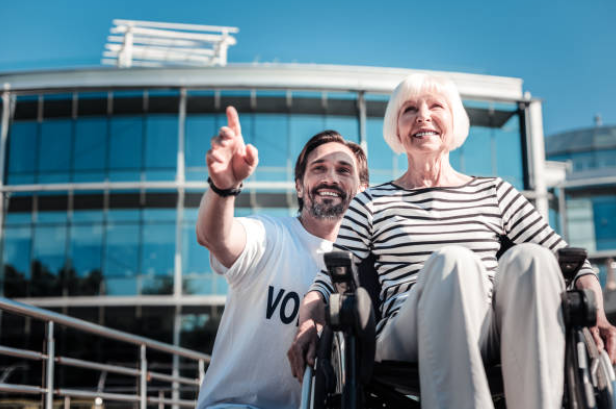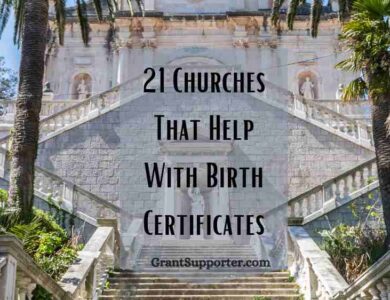Grants For Disabled Access To Community Buildings
The availability of grants for disabled access to churches is crucial for promoting inclusivity and equal opportunities in community buildings. These grants aim to address physical barriers, ensuring individuals with disabilities can fully participate in community activities, events, and services. By focusing on the importance of such grants, the paragraph highlights their goal of enhancing accessibility for disabled individuals within the community, fostering a more inclusive and welcoming environment for all.
Available Grants For Community Building Accessibility
Numerous funding opportunities are accessible to enhance the inclusivity and usability of community structures. These grants aim to support the implementation of modifications that ensure individuals with disabilities have equal access to community buildings.

One such grant is the Community Development Block Grant (CDBG), which provides funding to local governments to develop viable communities by providing decent housing, suitable living environments, and expanding economic opportunities.
The CDBG can be used to make modifications to community buildings such as installing ramps, elevators, accessible restrooms, and widening doorways to accommodate wheelchairs. This grant plays a crucial role in promoting accessibility and inclusivity within community buildings.
Another grant available for community building accessibility is the Americans with Disabilities Act (ADA) Title III Barrier Removal Tax Credit. This tax credit is available to businesses that have made eligible access modifications to comply with the ADA.
The tax credit covers 50% of the eligible access expenditures that exceed $250 but do not exceed $10,250 in a taxable year. This grant incentivizes businesses to make necessary modifications to their buildings to ensure equal access for individuals with disabilities.
By providing financial assistance, these grants contribute to the overall goal of creating an inclusive and accessible environment for all individuals within community buildings.
Related Links: Christian Churches Disability Ministry
Application Process For Disabled Access Grants
The process for applying for grants to improve accessibility in community buildings involves completing a comprehensive application that outlines the proposed modifications and demonstrates the potential impact on creating an inclusive environment for individuals with disabilities.

The application requires detailed information about the existing accessibility barriers in the building, such as narrow doorways or lack of ramps, and the proposed modifications to address these barriers.
In order to demonstrate the potential impact of the proposed modifications, applicants are usually asked to provide information about the number of individuals with disabilities who would benefit from the improvements, as well as any partnerships or collaborations with disability organizations or community groups.
It is important to highlight how the proposed modifications align with local disability access laws and regulations, as well as any specific guidelines or requirements set forth by the grant provider.
The application require a timeline for completion of the project and a sustainability plan to ensure ongoing accessibility in the community building.
Overall, the application process for disabled access grants requires careful planning, thorough documentation, and a clear demonstration of the need for accessibility improvements in community buildings.
Benefits Of Improved Accessibility In Community Buildings
Enhancing the physical accessibility of public spaces fosters a welcoming environment that enables all individuals to navigate effortlessly and engage fully with their surroundings.

Improved accessibility in community buildings has a range of benefits, both for individuals with disabilities and for the community as a whole.
Firstly, it promotes inclusivity and equal opportunities by ensuring that everyone, regardless of their physical abilities, can access and participate in community activities.
This helps to break down barriers and reduce discrimination against individuals with disabilities, fostering a more inclusive and cohesive society.
Secondly, improved accessibility in community buildings also enhances the overall quality of life for individuals with disabilities.
It allows them to lead more independent and fulfilling lives by providing them with the opportunity to access essential services, participate in social activities, and engage in cultural and recreational pursuits.
This not only improves their physical and mental well-being but also enables them to contribute to their communities in meaningful ways.
Read More : Disabled Christian Fellowship
Conclusion
Enhancing accessibility in community buildings through grants for disabled access fosters inclusivity and equal opportunities. These grants support modifications that eliminate barriers, promoting active participation and a more inclusive society for individuals with disabilities.



